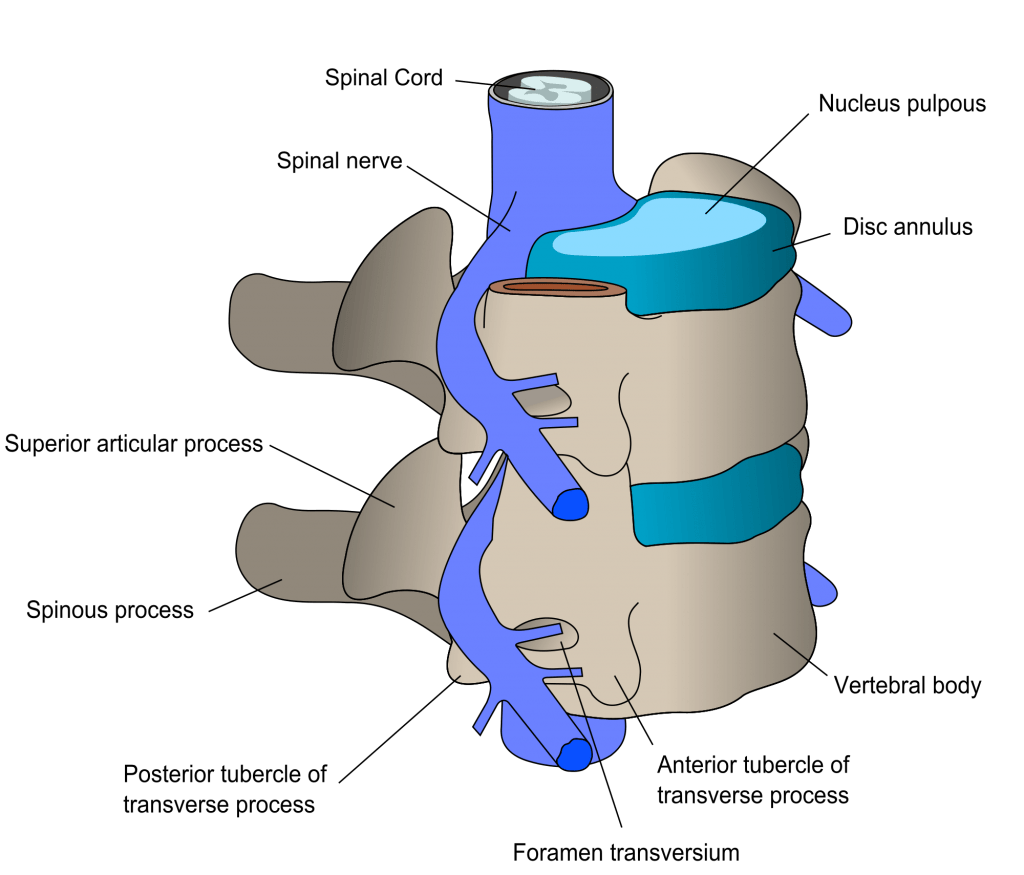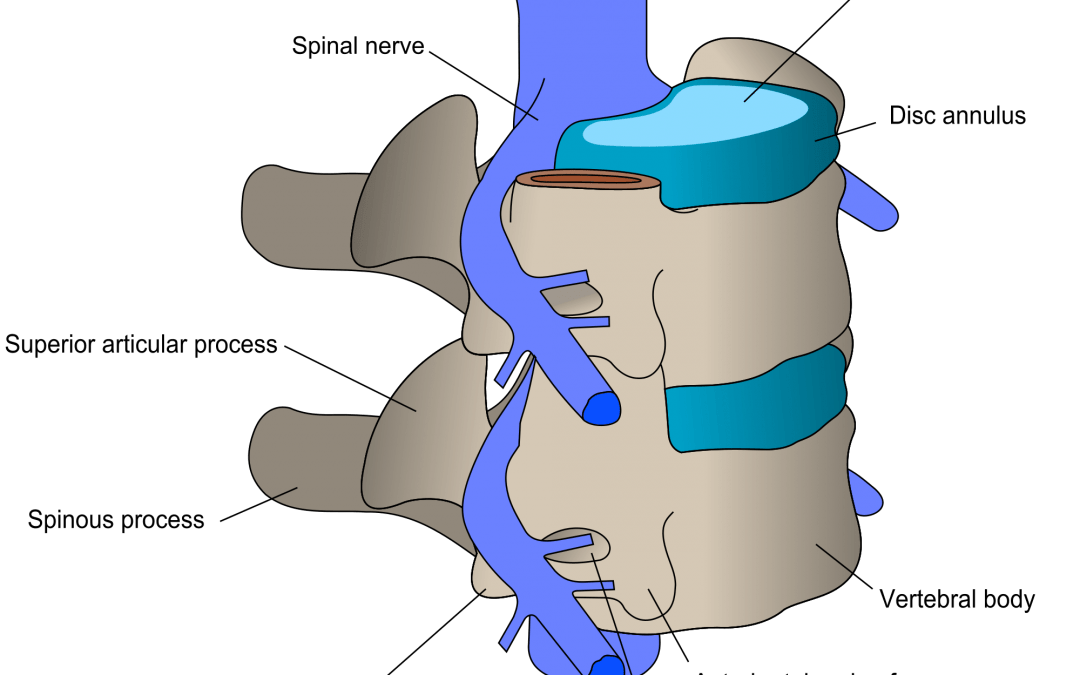
Before you start a new exercise program to fight degenerative disc disease, make sure to see a spine specialist. These individual are the ones who can best recommend an individualized back exercise according to the pain level and extent of the spinal disc problem.
Stretching to Reduce Low Back Pain
The spinal column and all of its connecting muscles are designed to facilitate motion, especially in the back area. When there is a problem with the ligaments, tendons, muscles and the spinal discs, any form of motion can cause some level of pain. Stretching is therefore a great exercise to facilitate better range of motion in those parts of the body. Even though stretching exercises will take some time to improve spinal function, it is proven to alleviate pain for chronic pain issues.
There are two types of stretching exercises you can do to improve low back pain: hamstring and psoas major muscle. Tight hamstring is scientifically proven to pain in the lower back. One reason is that when your hamstrings are tight, the range of motion in the pelvic area is limited too. When this type of motion is limited, it causes a strain in the lower back. Aside from a tight hamstring, the same causal relationship is also evident with your lower back and the psoas major muscle.
Stretching is recommended for this condition because it is a gentle way to ease up the muscles. The best exercises you can do to improve the muscle’s range of motion include bending forward toe touch and hamstring stretch. Aside from manipulating the muscles to improve range of motion, stretching also provides relief to the lumbar spine and lengthens the base of the spinal muscle.
Strengthening the Low Back to Reduce Pain
Strength exercises provide added stability to the lower spine and the muscles around the area. The goal with these exercises is to mimic the natural position of the spine. With the right stance, you can prevent stress on the lower back when walking, sitting or standing. Aside from pain prevention, it also provides additional support and stability.
With improved muscular control in spine, there is a reduced chance of suffering from degenerative disc disease. You are also training your back muscles to assume its natural position whether still or performing various movements. A stronger back can also ease pain that might radiate to your buttocks and legs.
Low-Impact Aerobic Conditioning
Improve the strength and flexibility of your lower back muscles by regularly doing low impact exercises. 
Aside from the exercises mentioned above, you can also incorporate aerobic exercises to your routine. These exercises boost heart rate without causing pressure on the spine. Therefore, they are good for preventive effort against degenerative disc disease and rehabilitation for the back. According to experts, those who are aerobically fit have a lower risk factor to degenerative disc disease.
Take note of these tips when developing an exercise plan to fight degenerative disc disease.


 I love to write medical education books. My books are written for everyone in an easy to read and understandable style.
I love to write medical education books. My books are written for everyone in an easy to read and understandable style.